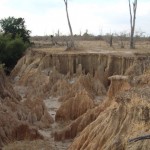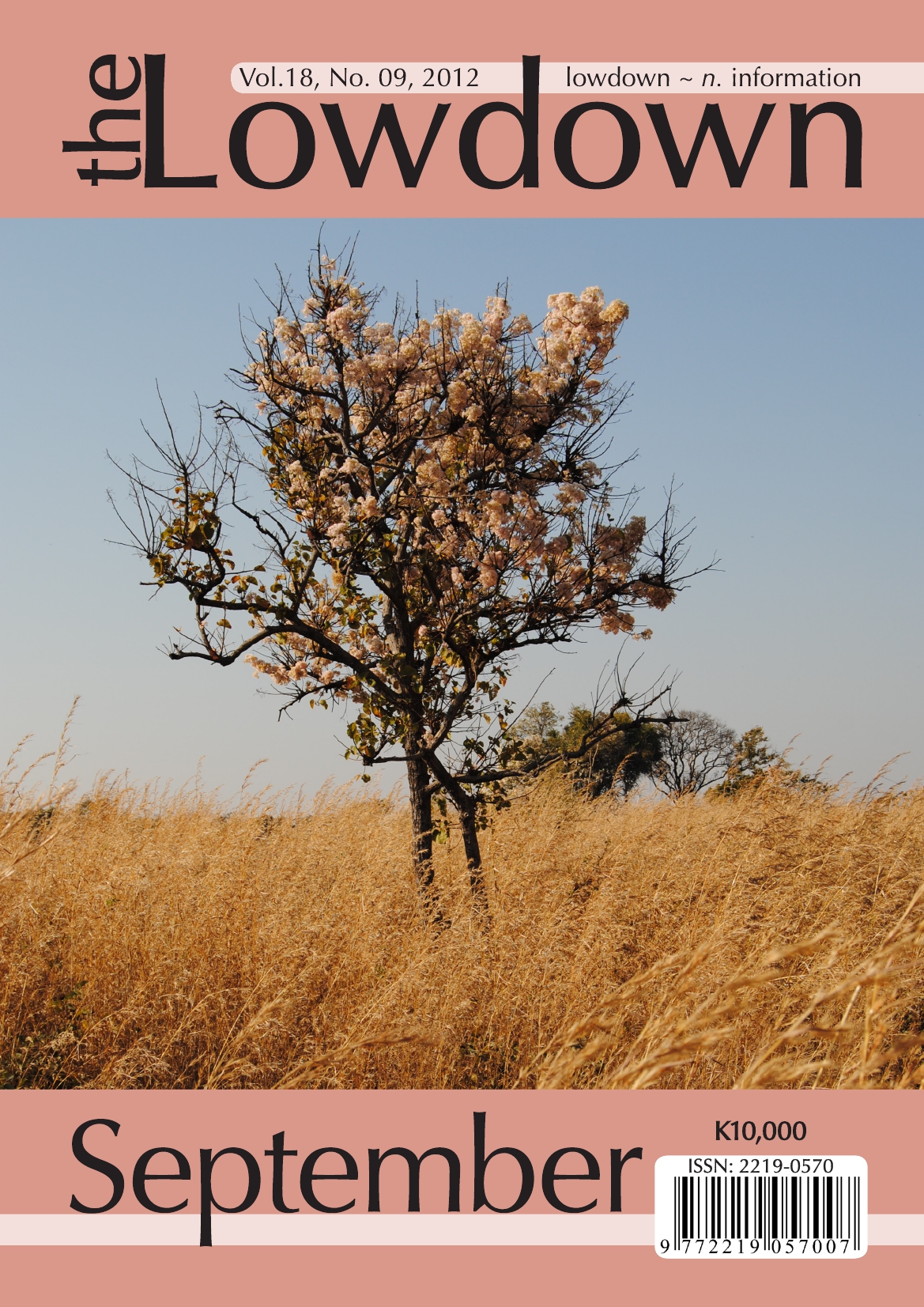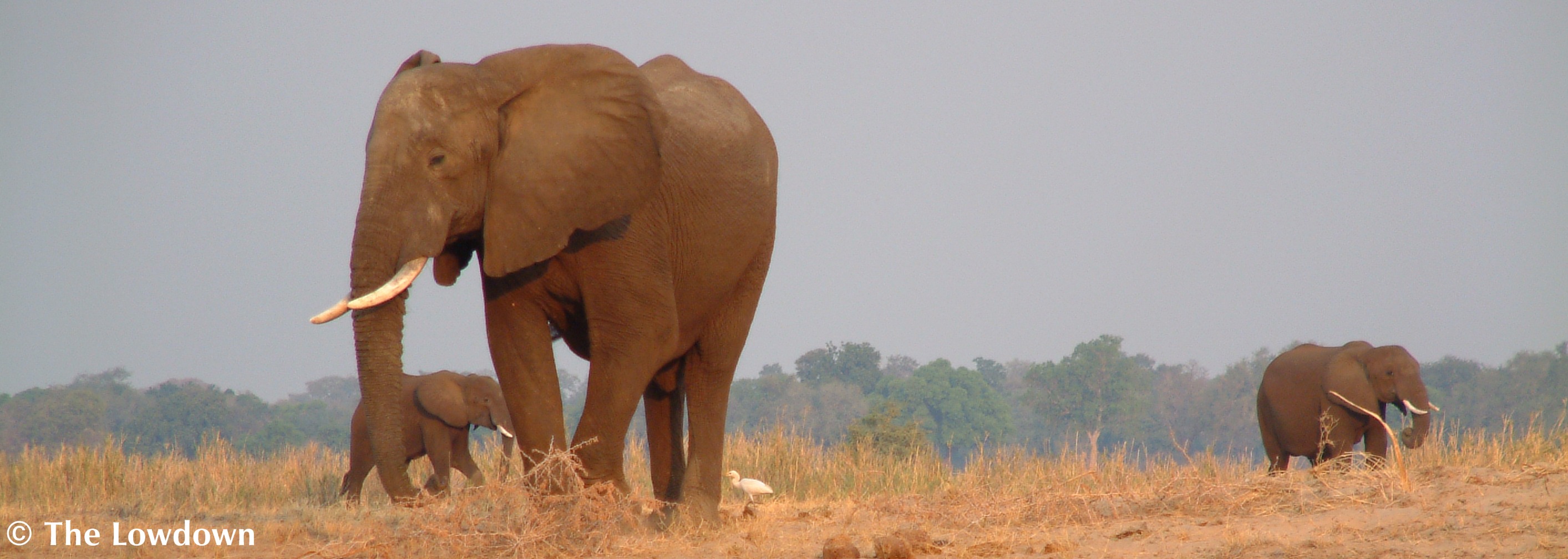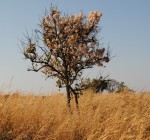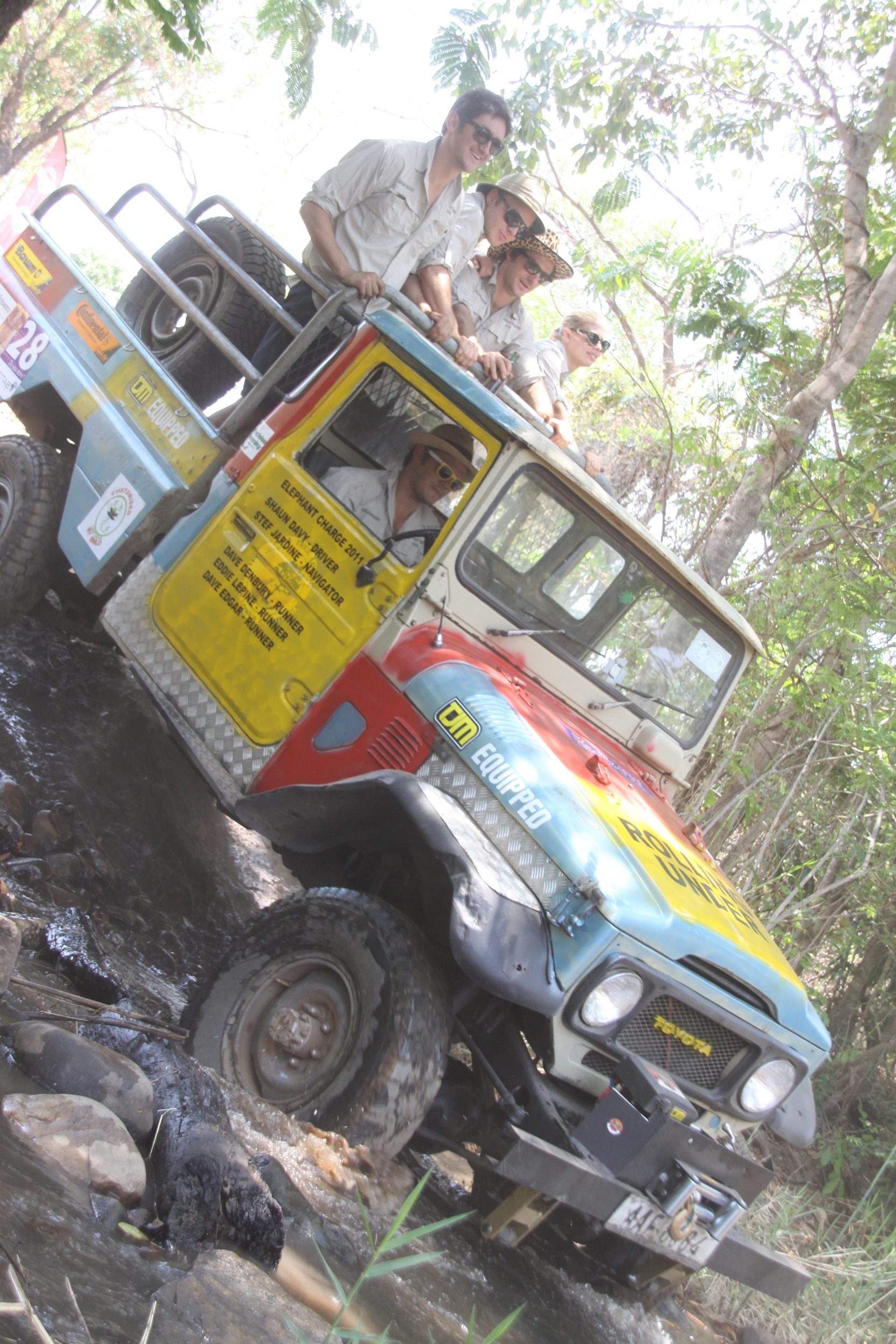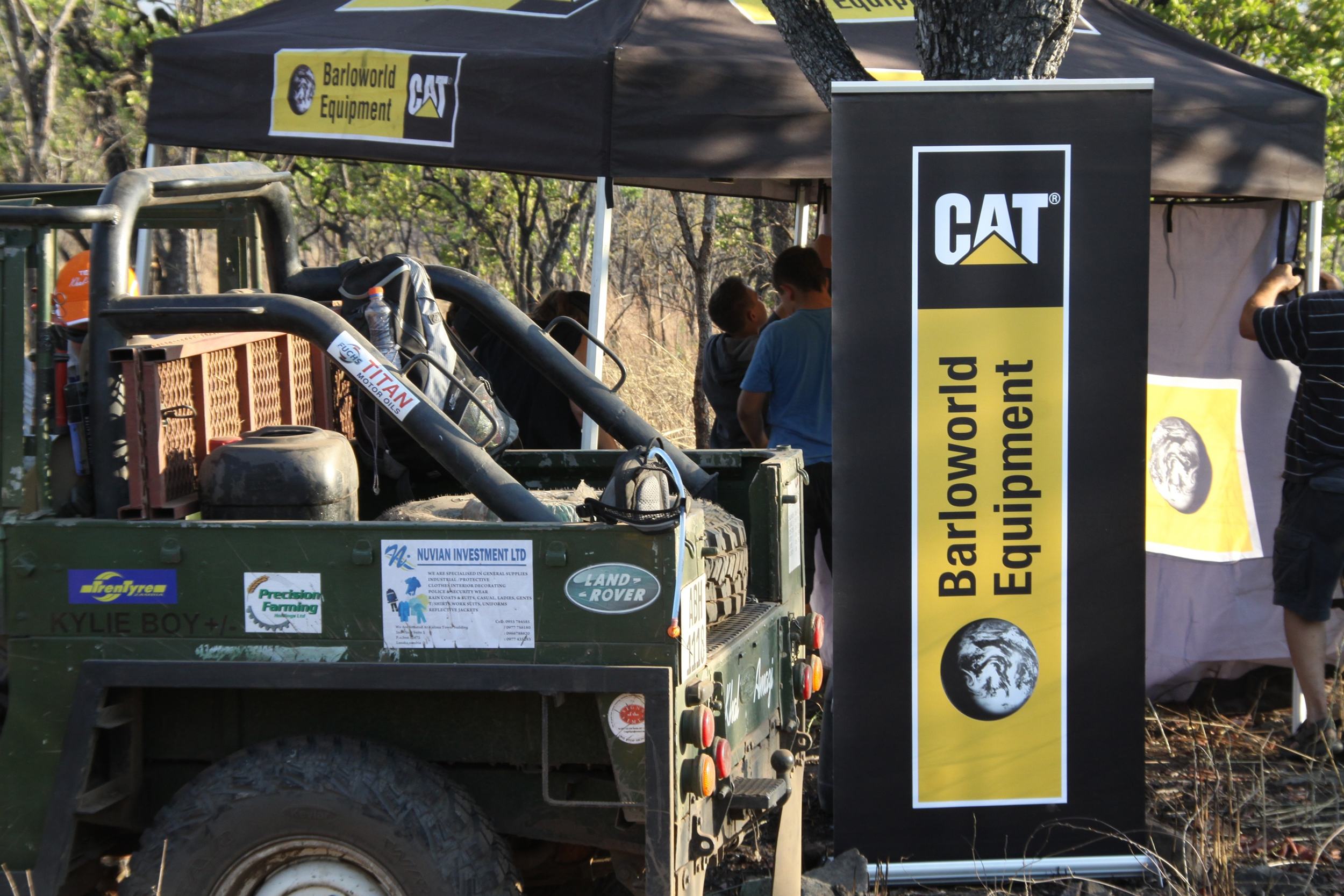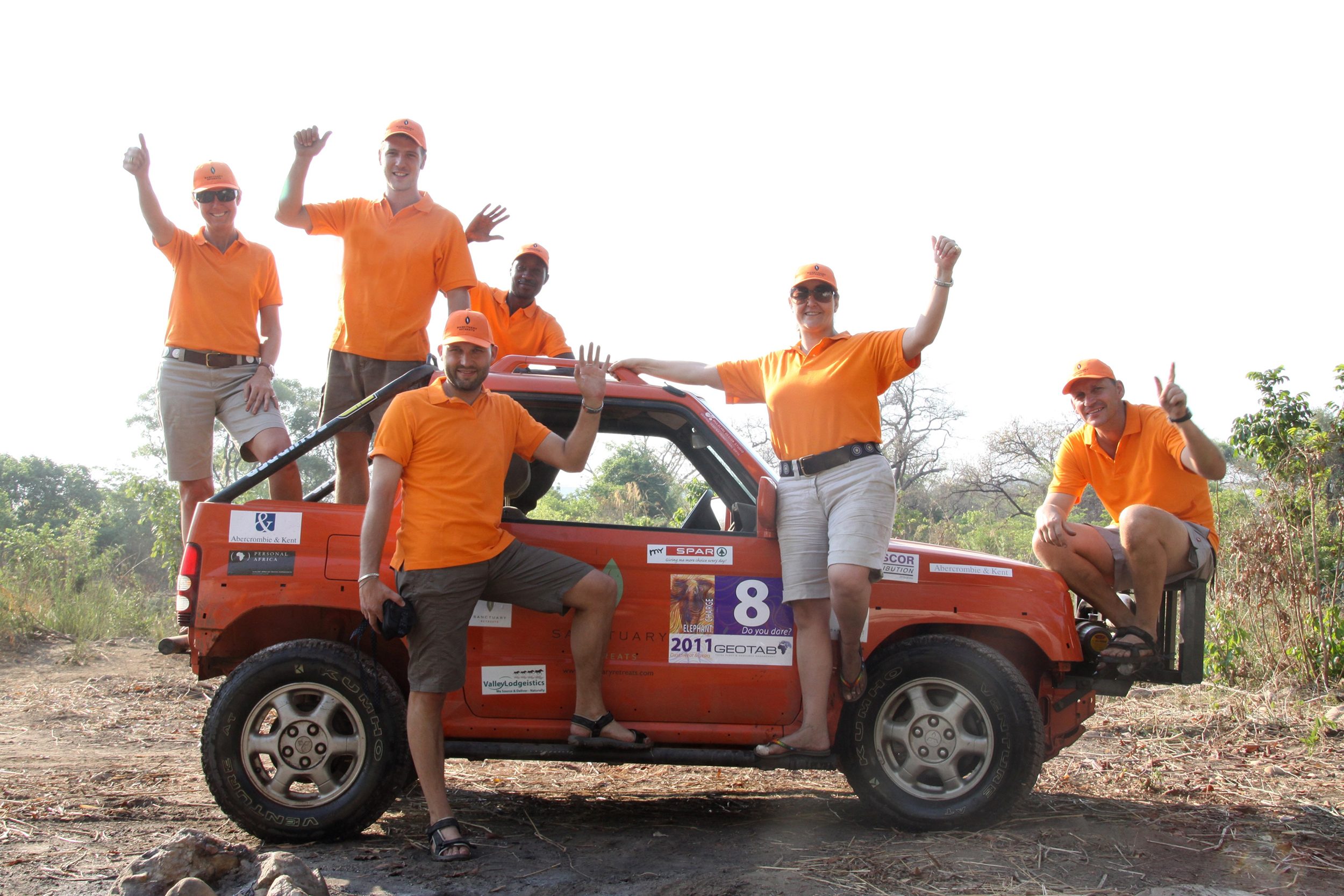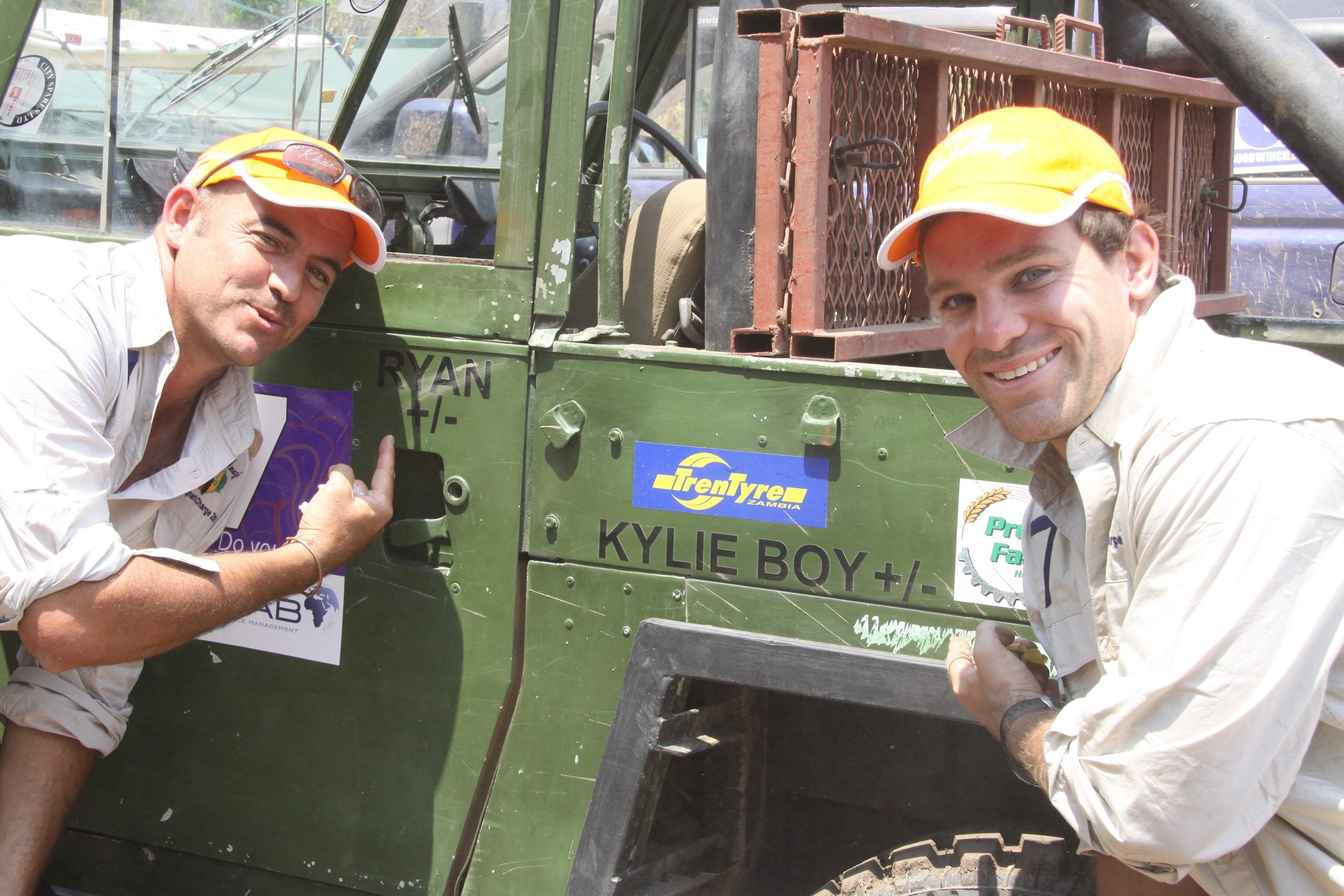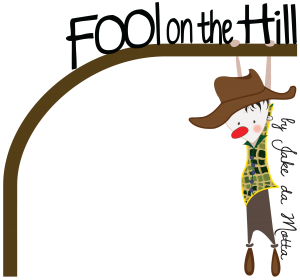For some days now, the gates of Chambishi Mine had seen a queue of lorries, laden up with sacks of material, with their drivers and hangers on sat about the place, cooking up nshima and smoking rolled up cigarettes that had no tobacco but something far better in them! I had given it no thought as I carried on into work, some rail track needed repair and I had been given a gang of men to supervise. Later, when popping into the office to see Dave Lagar, the engineer in charge, I noted with some amusement the clamour emanating from the accounts department which seemed to be besieged by a bunch of noisy, voluble people demanding money. As the days passed, the queue of lorries grew and the situation in the accounts department had developed into what could only be described as a madhouse.
Then, one day, a lad called Peter Le somebody or other (His surname is unimportant, he became known as Peter Le Plonker very quickly) summoned me. He was the Engineer in charge of the Heterogonite project. Huh? What’s that? It is a cobalt ore which has bits and pieces of nickel, tin and copper mixed up in a conglomerate mix of junk, hence Heterogonite, very much akin to that famous favourite material of Geologists, Fubarite (f***ed up beyond all recognition!). It was hacked out of holes in the ground inKatangaby “Artisanal Miners” in conditions and at rates of pay akin to the Siberian Salt mines, apart from the weather of course. The material was purchased by middlemen, packed up in sacks, loaded up on to trucks and sent off down the road from theCongo. The idea was that the lorries were randomly sampled, if found to be low in nickel etc but containing at least 4% Cobalt then the material was brought in, weighed, the cobalt content ascertained and then Avmin, bless their cotton socks, was paying out 40% of the London Metal market price; at that time running at $24 per pound. A quick bit of arithmetic gives you an idea; a truck laden with 20 tonnes of material at 4% gives you a total of 0.8 of a tonne of cobalt or 1975 lbs. This means that Avmin would then pay out $18960, and they were, cheques made out to cash at the bank inNdola! It had all got too much for Peter and the accounts department, where Bertie Brink, the chief accountant, and Dave Cole, his assistant, were sinking under the weight of rowdy Congolese! In fact all had become so rowdy that no one could do any work at all in the main offices. I was instructed to take over the operation, utilising part of the First Aid Post at the main gate.
All was to be controlled there and no one was to be allowed beyond there unless they were issued a pass from me so that they could collect their cheques when I was notified that they had been made out. When to start? Immediately! Leaving my merry men mucking about with rails I went over to the main gate and with a little bit of coercion managed to acquire one bare room. No sooner than that was achieved when I had to fend off a takeover attempt by the mine police. Having done that I went in search of furniture, one tatty desk was all that could be found but that was supplemented by chairs and a table from home, along with my old lap top computer.
Now the whole procedure was examined. The samplers were brought in and given the revs, they must choose their own random samples, not take those given to them. Next the whole weigh bridge system was examined. Tallies issued by the weigh bridge indicated that every truck arriving from theCongowas grossly overloaded. On checking it was found that this was indeed the case at times but not the norm. I was still puzzling this out at end of shift when out of the gate drove the weighbridge operator in his car, followed by the Assay Lab boss in a motor car better than mine! By the end of day one it became obvious that Avmin was being taken for a huge ride by these naughty tortoises. It was so bad that we discovered that some guys had just gone back up the road to a laterite pit, filled up sacks, came back, bribed the weighbridge operator to give them an inflated weight and then dealt with the assay problem by the distribution of gifts and the presentation of special sample rocks. The boss of the weigh bridge and Assay Lab did not believe that he could be so hoodwinked until I put an imaginary truck over the weighbridge and got the “foolproof” system to provide me with a result that the thin air on the imaginary truck weighed 35 tonnes and the sample taken of the thin air was 10% Cobalt and this was just what had been happening over the last two weeks. He adopted a lofty air and told me that if I could do better then I should! With that he washed his hands of the whole affair and stalked off to do what metallurgists do best; rob miners blind!
During this initial day or two the queue got longer and longer and I found myself besieged by the same Congolese, demanding that their pure cobalt ore be admitted so that they could go back and get more junk to fool us with. I needed assistance and there, by a stroke of luck, it came, in the form of two extraordinary characters, Rowley Shaw and Gerard Fagan. Together we tackled the problem. Rowley went off and weighed every truck, Gerard got on to my computer and produced a remarkable contract document to the effect that to get in the gate you had to pay for your material to be crushed, that if it did not come up to snuff then you had to pay for it to be picked up and taken away and if you did not do so then the material was confiscated.
For that was then the nub of the problem. The material had to be crushed fine and then a decent sampling process could be carried out. Now, as the Congolese had never ever been in any deal that the opposition was always trying to cheat them, we inaugurated an independent assay process carried out by the International company; Alfred H Knight. This was headed up by two bluff North Country chaps who would stand no nonsense from anyone, be they Congolese, or worse, rum buggers who had lived south ofThames! Now the Chinese had a stone crusher that was ideal for the job and, after a bit of hard bargaining, we were allowed to use it. Of course, the day that the Americans dropped a bomb on the Chinese embassy inSerbiadid cause a problem. We managed in the end to persuade them that Avmin was a South African company, not American and all was saved when Nelson Mandela condemned the bombing! Once the process got going the 12% cobalt ore seemed to vanish and the best we got was 3%! In the short time that Avmin had begun accepting the material they must have lost millions in false claims. Peter Le Plonker became suspicious of all this activity that he was too busy to get involved with, after all, he was trying to grow a moustache, so sent a spy, young Leon to watch over us. A very pleasant lad he turned out to be once we had corrupted him and he picked up a bit of English and became an integral part of the team; after all, who else could be spared to whip up to Chingola and pick up a box of jam doughnuts from Shoplift!
The issue of the contracts, the scrutiny at the weighbridge, the assays being properly carried out stopped the whole lot dead in its tracks. Now and again a man would come in and give in his sample results, he had obviously slipped something to the sampler but it stood out like the proverbial dogs balls, and the man was taken back to his pile, made to sample all himself under supervision, made to pay for the new assays and when they came back at the correct values told to take his junk away and never to darken Avmin’s door again. Of course, someone would evade the whole process. In came a huge slob of a man, an ex Springbok rugby player with highly placed relations in the mining industry. He breezed in, refused to deal with such lowly minions as myself, a quick phone call, Peter Le Plonker arrived at the gate, escorted him, bowing and scraping to Ed Munnick’s office. He told Ed that he had 40 tonnes of good material, produced an Assay certificate from theCongothat said it was 10% cobalt and please to allow him to offload the stuff and be given, at once, a suitable cheque for his endeavours. Ed, being the gentleman that he was, immediately assumed that an ex Springbok would never tell porkies and issued instructions. I remonstrated but was told to get on and offload the stuff. A cheque was made out and off the man went. Of course, the stuff was junk and a sadder but wiser Ed never made the same mistake again.
All of a sudden there were many less Congolese at the gate. There was a persistent Mr. Patel who just refused to accept his results, demanded recounts left, right and centre and then took his stuff away, no doubt, to try and sell the material to someone more gullible. And gullible were the replacement people at the gate. The story had got round that megabucks could be made “auCongo”. People were heading up in a taxi to Lumumbashi, where “Facilitateurs” (fat, smiling, dripping gold, with double chins at the back of their necks) met at the border would introduce them to “Metal traders”, who just so happened to have a small amount of very good Heterogonite for sale. A deal was struck, the person would return to Zambia, a lorry hired and off they went to collect the material, paying Kwacha, cash money, a perfectly acceptable currency. In the same currency they paid off the export permit dealers, the vultures in Customs at Kasumbulesa, and arrived, all hot and bothered, but triumphant at last, at the Chambishi Gate. Into the process they went only to discover, to their horror, that they had been sold junk, that they had to pay for all to be taken away and that the owner of the lorry wanted immediate payment. The distress of so many people was hard to behold, a wealthy widow impoverished, the family that had scraped all their assets together only to have them disappear into the crafty Katangan maw.
A plan was made. No one would be dealt with unless they had applied for a contract before their buying trip. When they came in they were warned of the sundry perils. They were told how to be able to take representative samples and urged to bring those down for assay before going further. It saved some people a lot of money but many more were blinded by the prospect of wealth and heartbreak and ruination continued. This went on for some time until the metallurgists started to treat the stuff. They found that their Larox filters kept gumming up and they could not treat the material the way they had wanted to so decided to stop buying the stuff until their slag smelter was ready and they could chuck the stuff in there. By that time I had long gone, recalled to the colours yet again, this time to fix 50 km of underground railways and, horror, horror, the ruddy slag tunnel tracks yet again!



